WaterCop Automatic Water Shutoff Systems
WaterCop automatic water shutoff systems are automated water shutoff valves that can be installed in buildings to detect leaks or floods and automatically shut off the water supply to prevent damage.
The brand's extensive catalogue includes electric & pneumatic actuators, automated ball valves, electronic actuator controls and manual ball & butterfly valves. DynaQuip electronic actuated ball valves are designed for fluid control in effluent lines, plating systems, waste control, machine cooling and filtration systems. These electronic valves feature stainless steel / brass construction with chrome plated brass / CF8M stainless steel ball for protection against reactive fluids & steam and electronic motor control for precise flow regulation. The brand's carbon steel inline ball valves feature carbon steel construction with a phosphate-coated surface for protection against abrasive fluids and RTFE seats & seals for leakproof operation. They are equipped with a blowout-proof stem to prevent explosions caused by excessive internal pressures and an easy-to-grip lever-type handle for user comfort. These ball valves are available in 1, 1/2, 1/4, 3/4 & 3/8 inch pipe size options.
See More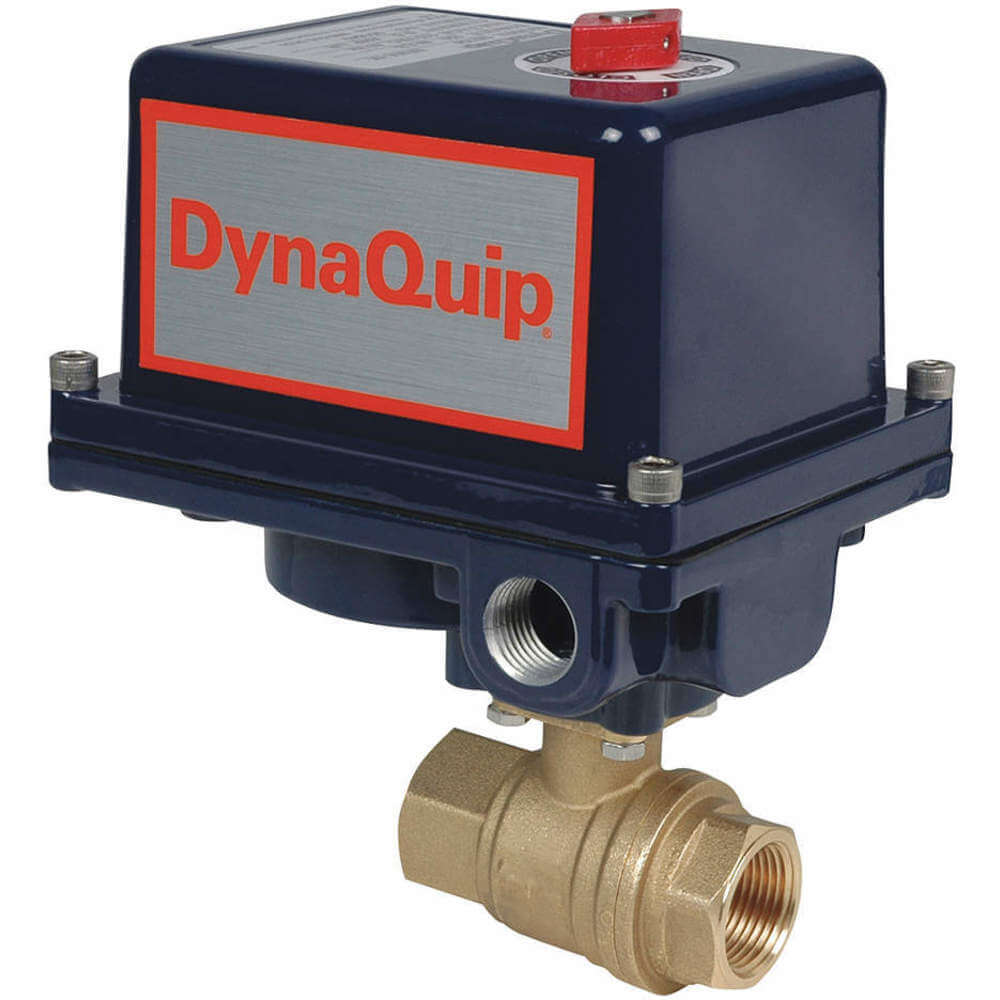
Electric Actuated Ball Valves(65 Products)
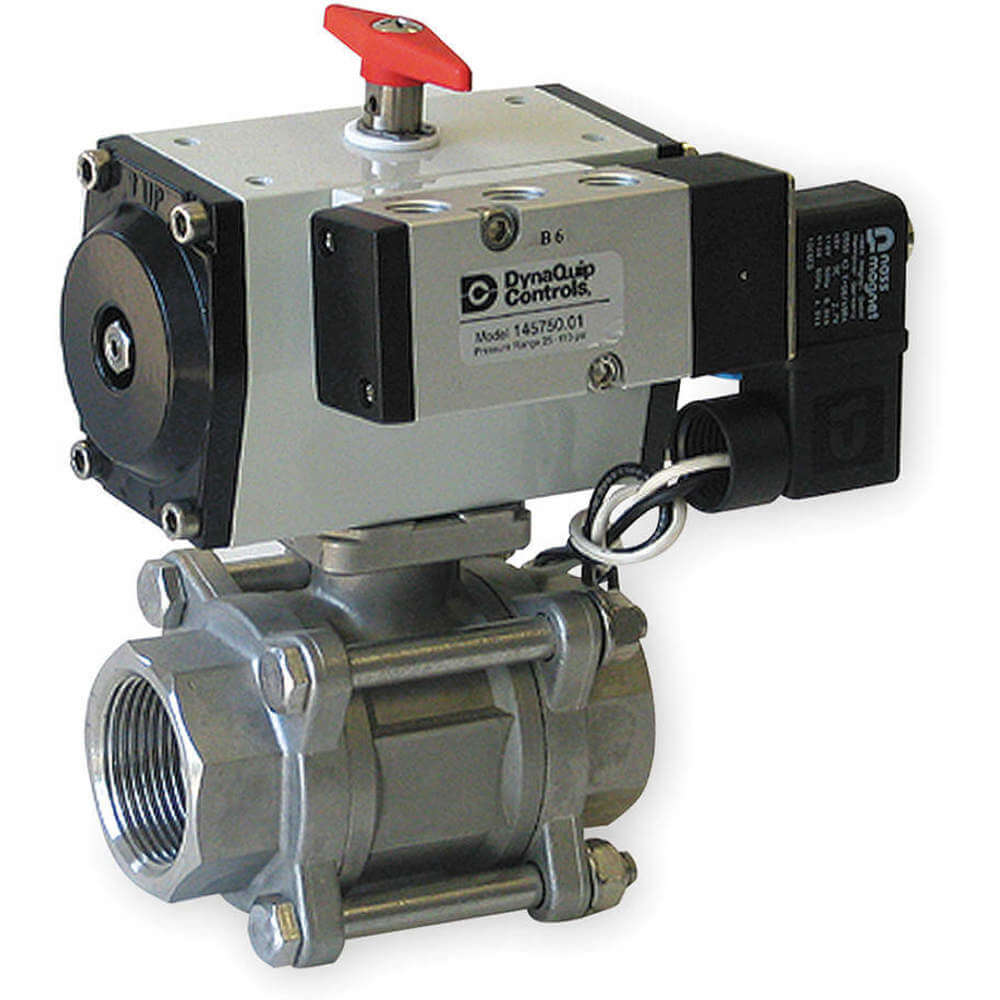
Pneumatic Actuated Ball Valves(79 Products)
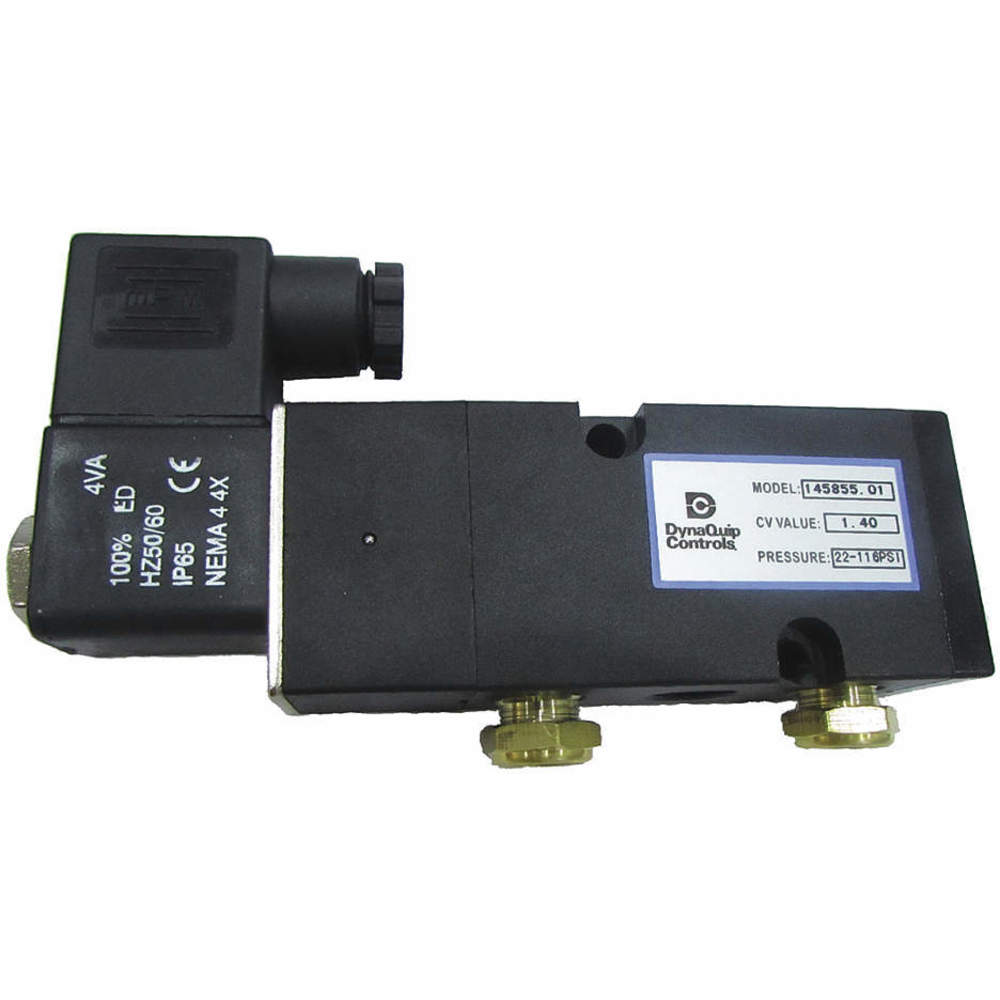
Solenoid Air Control Valves(2 Products)
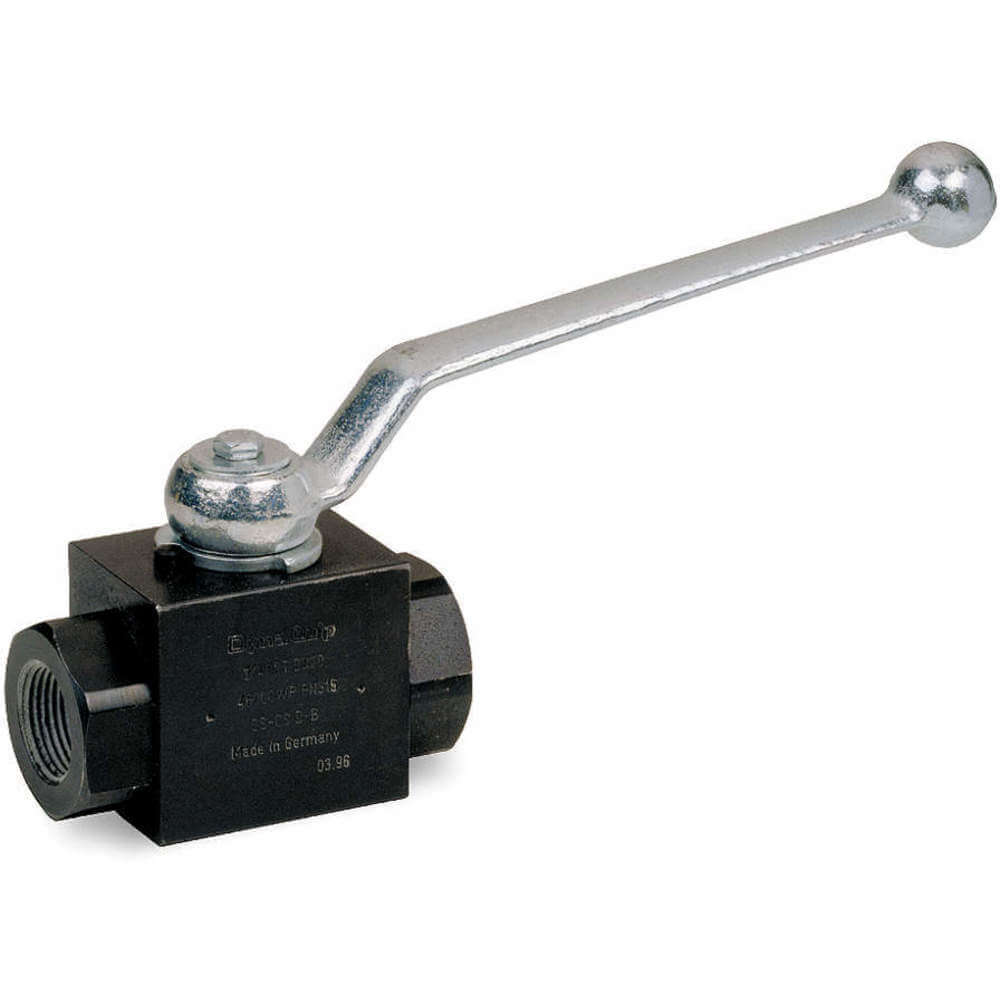
Ball Valves(24 Products)
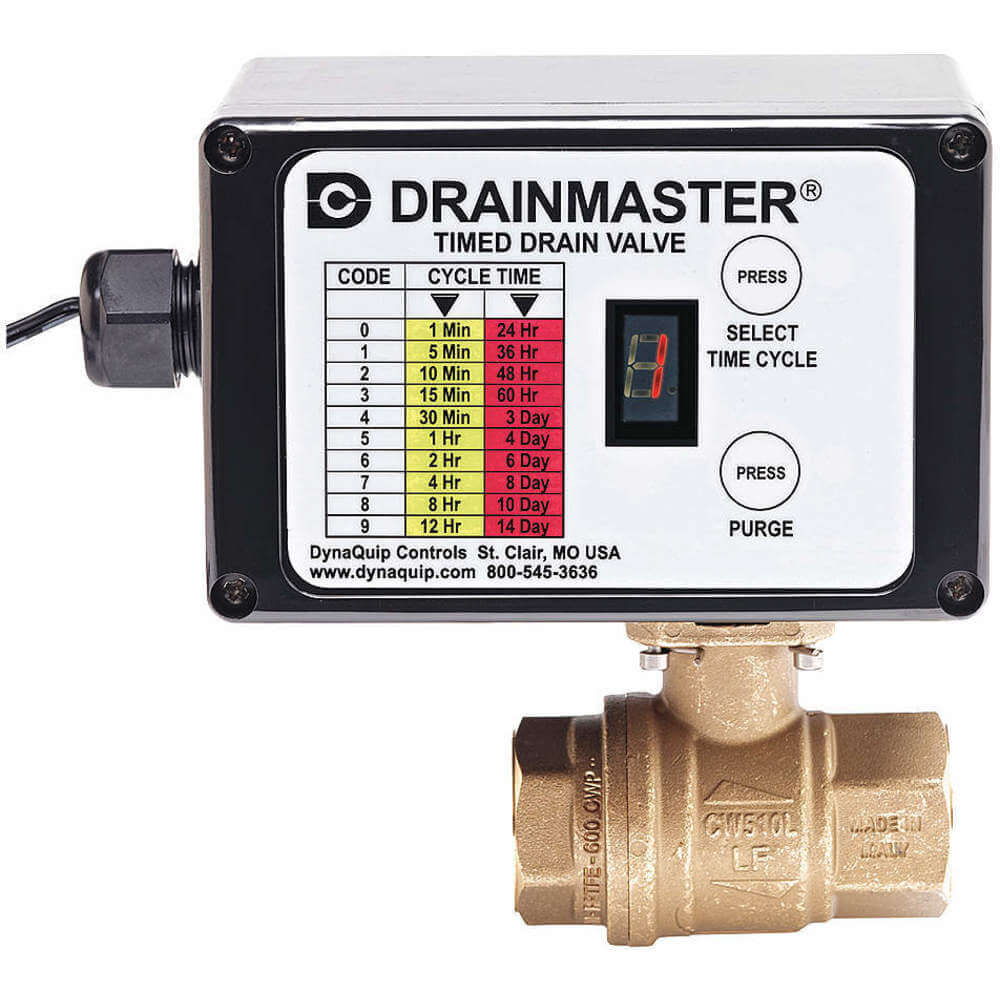
Timed Electric Auto Drain Valves(4 Products)
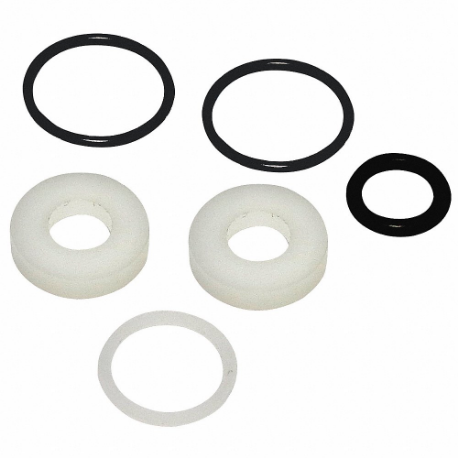
Parts(18 Products)
DynaQuip Controls part numbers often cross-reference to various Banjo, Plast-O-Matic, Spear Valves and Apollo products. So, if you're looking for DynaQuip Controls equipment that is either obsolete or out of stock, chances are we have the equivalent item available.
These DynaQuip Controls equipment ranges from small to large sizes. They may require careful packaging as some items might get damaged while shipping. Hence, they are suitable for courier shipment and air freight for minimum downtime.
The brand's extensive catalogue includes electric & pneumatic actuators, automated ball valves, electronic actuator controls and manual ball & butterfly valves. DynaQuip electronic actuated ball valves are designed for fluid control in effluent lines, plating systems, waste control, machine cooling and filtration systems. These electronic valves feature stainless steel / brass construction with chrome plated brass / CF8M stainless steel ball for protection against reactive fluids & steam and electronic motor control for precise flow regulation. The brand's carbon steel inline ball valves feature carbon steel construction with a phosphate-coated surface for protection against abrasive fluids and RTFE seats & seals for leakproof operation. They are equipped with a blowout-proof stem to prevent explosions caused by excessive internal pressures and an easy-to-grip lever-type handle for user comfort. These ball valves are available in 1, 1/2, 1/4, 3/4 & 3/8 inch pipe size options.
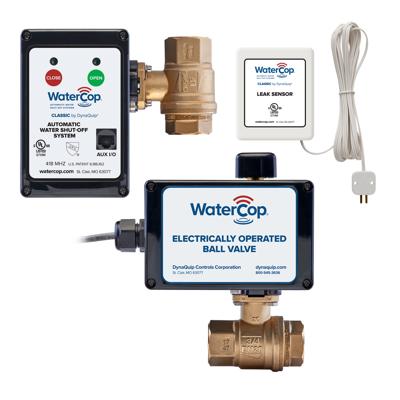
WaterCop automatic water shutoff systems are automated water shutoff valves that can be installed in buildings to detect leaks or floods and automatically shut off the water supply to prevent damage.
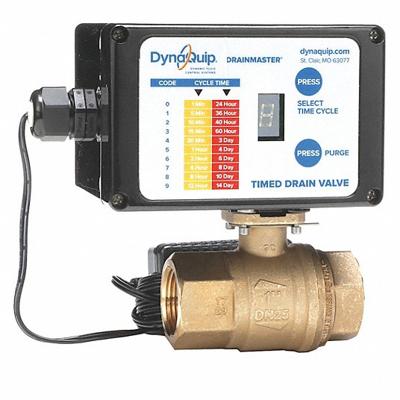
DRAINMASTER timed automatic drain valves automatically remove condensate from compressed air systems at pre-set intervals. They prevent damage to equipment and improve overall system efficiency.
The brand's solenoid air control valves are automated valves that use a solenoid to control the flow of compressed air. These valves are commonly used in the automotive, packaging and food processing industries.
Major benefits include reduced maintenance costs, increased efficiency, improved air quality and reduced risk of damage to equipment.